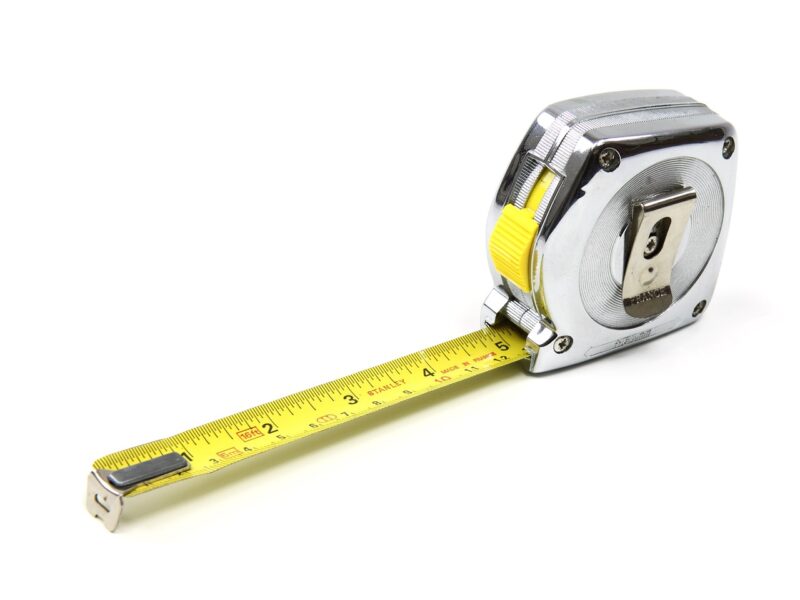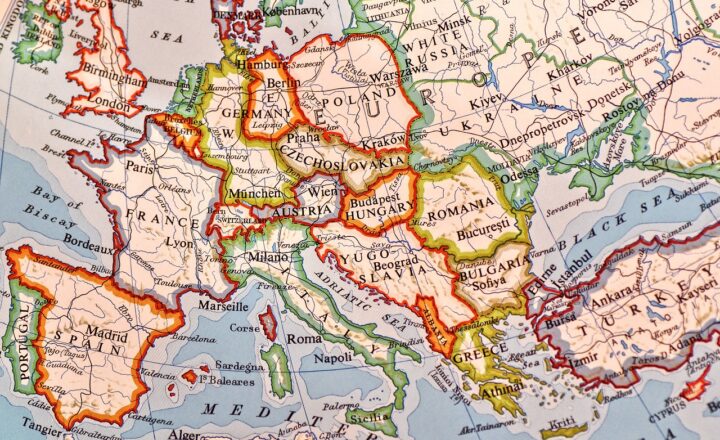Exploring the History of Metric Conversions and Their Impact on Trade
November 12, 2024

The metric system, now the standard in many parts of the world, has a rich history that dates back to the late 18th century. Its introduction revolutionized trade, science, and everyday measurements, making transactions simpler and more reliable across different regions and cultures.
1. The Origins of the Metric System
The inception of the metric system can be traced back to the aftermath of the French Revolution. In 1790, a French physicist named Gabriel Mouton proposed a unified system of measurement that would utilize the decimal system, which was easier to understand and convert than the myriad of local measurement systems used at the time. This idea was further pushed by the National Assembly, which sought to standardize measurements to promote fairness and efficiency in trade.
In 1795, the metric system was officially adopted in France. The core units were based on natural phenomena, for instance, the meter was defined as one ten-millionth of the distance from the equator to the North Pole. This reliance on universally observable phenomena was revolutionary and meant that the metric system was devoid of arbitrary definitions that could differ from one locality to another.
2. Early Adoption and Challenges
While the metric system was embraced by several countries, it faced resistance in others. Some nations and industries were deeply entrenched in their traditional measurement systems, which made transitioning to metric challenging. This resistance was particularly strong in the British Empire, where the Imperial system dominated.
Despite these challenges, many countries recognized the benefits of a standardized system. The widespread use of metric measurements improved trade efficiency, reduced confusion, and promoted international cooperation. By the mid-19th century, many countries outside France, such as Belgium and Switzerland, were beginning to adopt the metric system, as it increasingly proved advantageous in terms of economic growth.
3. The Role of Metric Conversions in Trade
As nations adopted the metric system, the benefits in trade became increasingly apparent. The implementation of consistent measurements contributed to worldwide trade in several key ways:
- Simplified Transactions: The metric system, with its decimal structure, allows for easy calculations. For example, converting from meters to kilometers is merely a matter of shifting the decimal point, while Imperial conversions can be convoluted, leading to potential errors in trade agreements and contracts.
- Enhanced Communication: With a common system of measurement, countries could engage with one another without misinterpreting quantities or sizes. This alignment enabled not only trade but also collaboration in scientific research and development, fostering innovation across borders.
- Cost Reductions: Businesses experienced cost savings by eliminating the need for multiple measurement systems. A standard metric system allowed for seamless exchanges, reducing potential disputes related to discrepancies in measurement definitions.
The positive ramifications of metric conversions on trade were not limited merely to economic aspects; they extended into diplomatic relations as nations began to see value in using the same terms to describe quantities, thus enhancing mutual understanding.
4. The Globalization of the Metric System
The late 20th century saw an acceleration in the globalization of the metric system. Organizations such as the International System of Units (SI) promoted the metric system to ensure standardized measurements worldwide. By the 1990s, it gained universal acceptance in scientific communities and most countries.
In fact, today, the metric system is the official system of measurement in nearly all countries, with the notable exceptions of the United States, Liberia, and Myanmar. The metric system’s prevalence facilitates global trade, enabling diverse countries to communicate and interact through the same framework of measurements.
5. The Impact of the Metric System on Local Economies
Governments around the world continue to promote metric conversion for several reasons:
- Increased Trade Opportunities: Countries adopting the metric system gain easier access to international markets. As local businesses conform to global standards, they enable better trade relationships with metric-using nations, thus unlocking new opportunities.
- Educational Advantages: Schools and educational systems benefit from teaching a universal measurement system, equipping students with knowledge relevant for international careers.
- Modernization: Transitioning to the metric system is often seen as a move toward modernization, allowing countries to keep pace with global advancements in technology and business practices.
Countries that embrace the metric system, consequently, position themselves favorably in the international arena.
Conclusion
The history of metric conversions highlights the necessity of standardization in fostering trade and collaboration between nations. The initial resistance has transformed into wide acceptance, thanks largely to the undeniable benefits that the metric system has brought to global commerce.
Indeed, the ability to convert and communicate measurements accurately has empowered economies around the world, allowing them to thrive in an increasingly interconnected marketplace. In a world where trade knows no borders, the metric system stands as a testament to humanity’s quest for commonality and efficiency.








